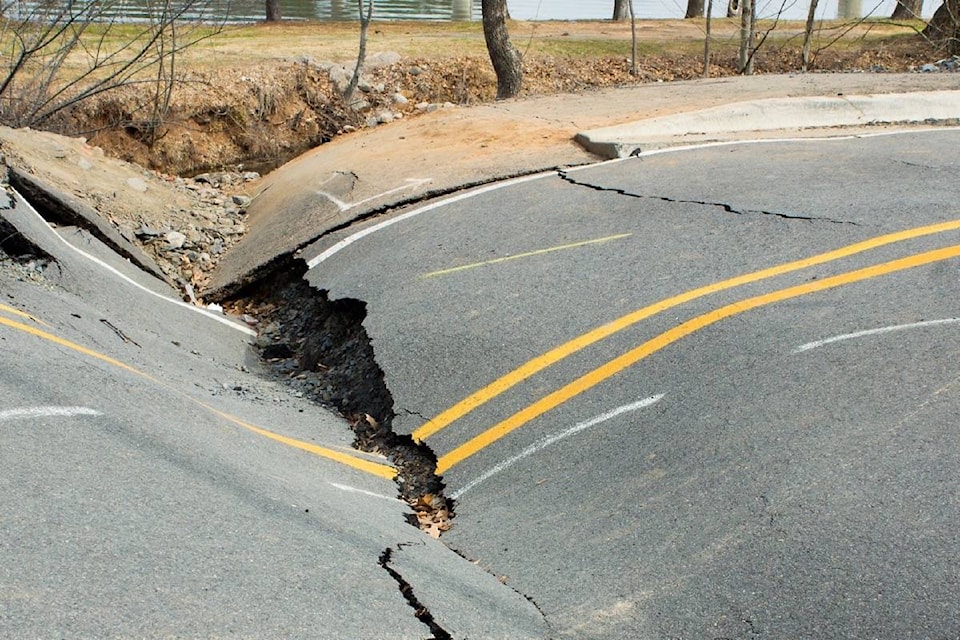There are no lack of issues as Sooke children return for another school year, but one that tends to fly under the radar is disaster management.
The greatest threat is a major megathrust earthquake that will occur when the Cascadia subduction zone lets go.
That zone, which stretches 1,000 kilometres from the northern tip of Vancouver Island to northern California, has been described by the Geological Survey of Canada as a sleeping tectonic monster.
The consequences of a megathrust earthquake are unimaginable, but that scenario is one that Stephanie Hedley-Smith, associate superintendent of Sooke School District must imagine.
Hedley-Smith, along with Melanie Armstrong of the Sooke Parent Advisory Council, has worked to develop plans for how to keep students safe after an earthquake hits.
“To my knowledge, we are one of the most prepared school districts in the province. I don’t know of any other district that has dedicated the staff time and resources to this issue that we have in [Sooke School District],” Hedley-Smith said.
“There’s always more work to do, but we have reason to be proud.”
Armstrong said the Sooke Parent Advisory Council emergency preparedness committee has worked with every principal and parent advisory council in the school district to ensure that every school has a place to store emergency supplies and every container has enough supplies to meet the three-day supply of food, water, blankets and more that would be needed in case of a disaster.
This comes after reports emerged in 2018 that several schools were falling well short of that standard.
RELATED: Schools without emergency supplies
“Last year we approved money to put toward emergency preparedness and have worked with the PACs to ensure that we have all the supplies in place,” Armstrong said.
But having emergency supplies is only the beginning of the challenges facing schools.
“We have been working on reunification drills to simulate how we can get the children back to their families or caregivers in a safe, orderly manner,” Armstrong said.
“In an emergency, we can’t have people showing up and grabbing their kids. There has to be a process that ensures that children are reunified with the right people in a safe manner.”
The reunification process could be very challenging, particularly given the location of Sooke and some of the difficulties faced by parents who could be unable to get back to Sooke due to blocked or damaged roadways and infrastructure.
“Part of the process involves the parents identifying relatives, friends or others in the community who might be the ones to collect the children in the case of an emergency. It involves pre-planning and some serious conversations on their part that need to be had before the disaster occurs,” Hedley-Smith said.
People should be aware that, in the event of a major quake, structures will collapse, many people will be injured (some estimates anticipate more than 1,500 deaths in the Greater Victoria area), water lines may be broken, and power lines and communication structures will collapse, making communications almost impossible, according to Earthquakes Canada.
RELATED Shakeout drills in the schools
“We don’t like to think about these things, but it’s important to face up to the fact that an earthquake will happen at some point and we need to be prepared,” Hedley-Smith said
mailto:tim.collins@sookenewsmirror.com
Like us on Facebook and follow us on Twitter
